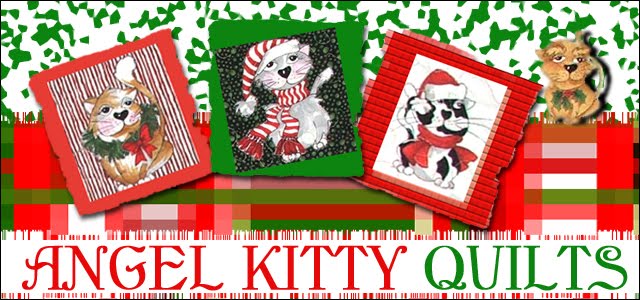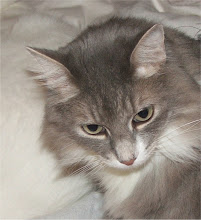We thought that we might show non-quilters how a quilt is assembled once the top has been made. Some quilts are tied together with yarn or embroidery floss. Some quilts are hand quilted (not in my life time), some are sent off to professional quilters where they are machine quilted. Here in the Ozarks the dream machine is the Gammil which starts around $8,000 and goes up to well over $36,000.00. That type of machine is called a "long arm". It means that in a single pass (row?) it can sew over 16 inches wide.
Since I'm not rich I bought a Pfaff Grand Quilter. We had a rocky start but I've learned it's excentricities and progress is being made on my quilting. Most quilts consist of three layers. The top, the batting and the backing. When I load the quilt on my machine I start with the batting. My quilting table is twelve feet long and I usually load the quilt by myself so I improvise by using blue painter's tape.

I put pieces of tape down the length of the batting so I can "stick" it to the rail that holds the batting.

Once I have the batting in place I roll it up. The roll of batting doesn't have any tension on it. (I'll explain later, trust me.)

For me the batting part is the hardest as it tends to be unruly. Once I have it under control I start loading the quilt back. In the picture below you can see the batting on the bottom. The green fabric is the "leader" for the quilt top. The bar or rail above the green will have the backing fastened to it.

The railing that holds the backing has a grove in it. The cloth is laid over the rail and held in place with a plastic tubing. Some people use cloth leaders and pin their quilts to that. The benefit of using the leaders is that you can buy a smaller piece of fabric for the back. The backing has two rails (round tubes that are used to wind the fabric and ultimately the quilt on). Each end of the fabric is fastened to its on rail.
After the back is loaded, the top is loaded to it's railing. I use a leader (12-16 inch piece of fabric) with the top because it's almost impossible to quilt the last four inches without it. The quilt top and back have tension on them. There is a rachet that keeps the tension equal on both the top and the back. If there wasn't tension the quilt could move right in the middle of your passing from one side to the other. The batting doesn't need tension because it's being sewn in between the layers.

With the top, back and batting loaded, the machine is almost ready to start quilting. In this picture I've brought the batting up and laid it next to the top roller. I will then do the same thing with the quilt top. It will be stiched down in the seam margin.

The quilt top is brought up and laid on top of the batting and then the hard part starts. Deciding on what color thread I'm going to use.

The problem with the mid-width quilting machine is that it only quilts about 9 inches with each pass. After your machine has moved from the left to the right side of the quilt, you have to "advance" (roll) the whole quilt sandwich onto the front rail. This quilt is about 75 inches by 80ish so it will take between 10 and 15 passes of the quilting machine.
When it's cooperating, my machine can stich 1600 stiches a minute. It takes less than a minute to go from one side to the other on this quilt.
.jpg)

This is really neat to see how the process works. I've made a couple of quilts for my Smokey. I just cut out the squares then applied an applique pattern to that and did a blanket stich around the pattern. Then my mom sewed my squares together and finished my quilt. I'm still learning the process, but have to admit that it is challenging with so many helpers in the house :)
ReplyDelete